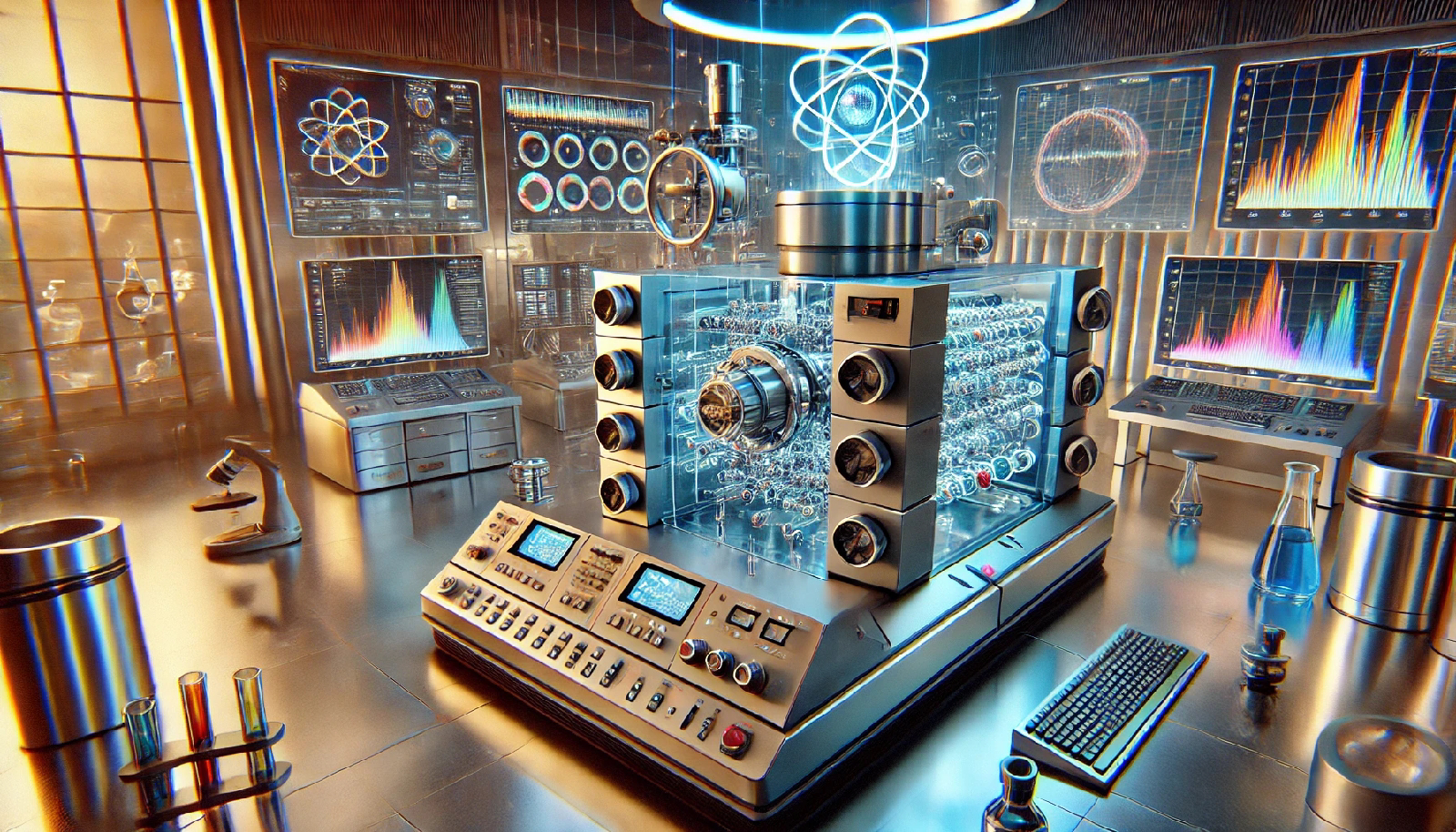Hi there, dreamers and deep thinkers. Let’s talk about one of the most fascinating tools in the scientific world: the mass spectrometer. This machine might not look like much at first glance, but it’s a powerhouse of precision, capable of decoding the very essence of what things are made of. Curious about how it works, why it’s important, and what it can tell us? Stay with me.
What Is a Mass Spectrometer?
A mass spectrometer is a scientific instrument that analyzes the composition of a sample by measuring the masses of its molecules or atoms. It’s like a detective for matter, identifying what’s inside something with unmatched accuracy. Scientists use it to study everything from the air we breathe to distant stars. Essentially, it breaks stuff down to the molecular level and spills the beans on what’s really there.
How Does It Work?
At its core, the mass spectrometer works by turning a sample into ions, separating them by mass, and detecting them. First, the sample is introduced into the machine and ionized—this means the molecules are charged so they can be manipulated. These ions are then sent through an electric or magnetic field, which sorts them based on their mass-to-charge ratio. Finally, a detector captures this sorted stream of ions, producing a spectrum that reveals the sample’s identity.
The Key Components
To understand a mass spectrometer, let’s break it into its main parts. There’s the ion source, where molecules are turned into ions, like prepping them for a VIP entrance. Next is the mass analyzer, the part that sorts the ions like a bouncer checking IDs. Finally, the detector logs who made it in, creating a readable report. It’s a seamless dance of science and engineering.
The Ionization Process
Ionization is where the magic begins. Depending on the sample type, techniques like electron impact (EI) or electrospray ionization (ESI) are used. EI is like blasting the sample with high-energy electrons, knocking off electrons to create ions. ESI, on the other hand, gently charges molecules in a spray, perfect for delicate or complex samples like proteins.
Mass Analyzers: The Sorting Stage
Mass analyzers come in different flavors, each suited for specific tasks. A quadrupole analyzer uses oscillating electric fields to filter ions based on their mass-to-charge ratio. A time-of-flight (TOF) analyzer measures how long it takes ions to travel a set distance, with lighter ions moving faster. There are also ion traps that hold ions in place, releasing them one by one for detection. Each type offers unique strengths, depending on what scientists need.
Decoding the Results
The mass spectrometer doesn’t just spit out a random mess of data—it produces a spectrum. This graph shows peaks representing ions, with the x-axis displaying the mass-to-charge ratio and the y-axis showing their abundance. Bigger peaks mean more ions of that specific mass, helping scientists identify what’s in the sample. It’s like reading a fingerprint, but for molecules.
Why Is It So Important?
The mass spectrometer is indispensable across multiple fields. In medicine, it helps identify biomarkers for diseases or analyze drugs. In environmental science, it tracks pollutants in air, water, and soil. Even the food industry uses it to detect contaminants and ensure safety. It’s a true multitasker, making our lives healthier and safer.
A Peek Into History
The journey of the mass spectrometer began in the early 20th century. Physicist J.J. Thomson, who discovered the electron, laid the groundwork with the first crude mass spectrometer. Over time, advancements by scientists like Francis Aston and Arthur Dempster refined the technology. Today, it’s a cornerstone of modern science, with cutting-edge versions pushing the boundaries of what we can measure.
Everyday Applications
You might be surprised how mass spectrometry touches your daily life. When you hear about doping scandals in sports, mass spectrometers are behind the testing. They also play a role in forensic science, identifying substances at crime scenes. Even that cup of coffee you enjoy? Mass spectrometry ensures its quality and checks for harmful substances.
Exploring Outer Space
Believe it or not, mass spectrometers are also space explorers. Instruments like the one aboard NASA’s Mars rover analyze soil and atmosphere samples, searching for signs of life. They’ve even been used to study comets and asteroids, revealing secrets about the solar system’s origins. It’s a testament to how versatile and powerful this tool is.
The Challenges
While the mass spectrometer is impressive, it’s not without challenges. The instruments can be expensive and require skilled technicians to operate. They’re also sensitive to contamination, meaning samples must be handled with care. Despite these hurdles, the insights they provide are worth the effort.
The Future of Mass Spectrometry
As technology advances, so does the mass spectrometer. Miniaturized versions are making their way into portable devices, allowing for field testing in real-time. Improvements in sensitivity and resolution promise even more precise analyses. Who knows—one day, we might have mass spectrometers in our smartphones.
Why It Captures the Imagination
Beyond its practical uses, the mass spectrometer is a symbol of humanity’s curiosity. It embodies our desire to understand the universe at its most fundamental level. By peering into the building blocks of matter, it connects us to the bigger picture of existence. That’s a humbling and inspiring thought, isn’t it?
Final Thoughts
The mass spectrometer isn’t just a machine—it’s a gateway to discovery. From analyzing ancient artifacts to exploring the cosmos, its impact is profound. It reminds us that even the smallest things can hold the greatest mysteries. Stay curious, and let’s keep unraveling them together.
Stay curious.




